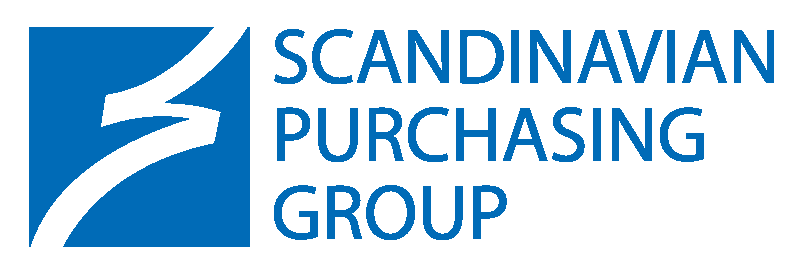A cost-saving project can originate as a requirement of company leadership or as one of the Purchasing Department’s own initiatives. It may include all or be directed at all or part of the company, or to specific categories and product groups. The approach, however, is always the same.
We perform an analysis of the current situation and establish a datum in terms of cost and efficiency. Using the purchasing spend analysis, the end customer’s commercial situation and other relevant information are used to rank tasks which will deliver the intended end result. Quick-win savings activities, low-priority areas and strategic criteria help determine the order of tasks.
Interviews are conducted with key personnel from the organization internal and external to the Purchasing Department as to which processes are in place and which function correctly, leading to an action plan securely embedded with the personnel involved.
The savings are realized using the activities prioritized in the action plan. Not surprisingly, the customer often prefers achieving big savings early on in the process, not just for the sake of chalking these savings up but also to demonstrate success early on in the project. This generates energy and motivation.
Examples of quick wins in the implementation phase are: contract renegotiations, consolidation of vendors and signing framework agreements for routine items and services. Specific products or services may be subject to outsourcing, and there may be product areas suitable for electronic procurement (e-Sourcing or e-Auctions). E-procurement can be extremely effective when specifications and templates are reused, shortening and the time to achieve a signed contract substantially. The ”Purchasing factory” will rapidly gather pace.
Another decisive area is when the new supply strategy permits sourcing from low-cost countries, and alternative sources of supply are needed.
Long-term savings often come from organizational adjustments, changes in process and working methods, as well as potential specification changes revealed through discussions with stakeholders.
A prerequisite for a successful savings project is continual and careful follow-up of individual and team goals, and a comprehensive sharing of information. What you are measuring must be simple, clear and meaningful, and be well embedded – preferably developed together – in the organisation. This provides motivation and impetus, and gives a good overview of the current situation. This engages everyone, from senior management downwards in the organisation.
Scandinavian Purchasing Group has extensive experience of both large and small savings initiatives. We are happy to show you reference cases involving substantial savings from many well-known companies.
